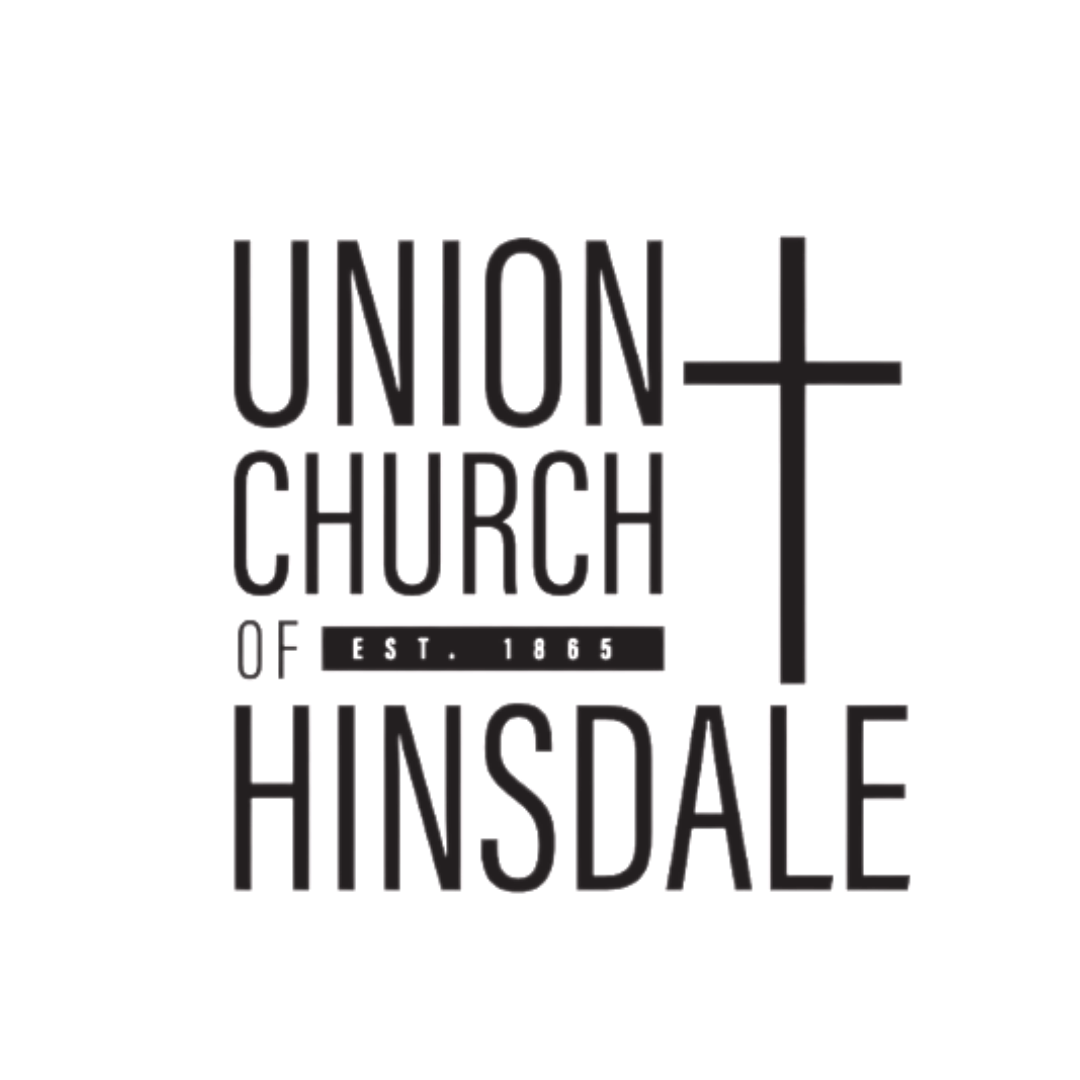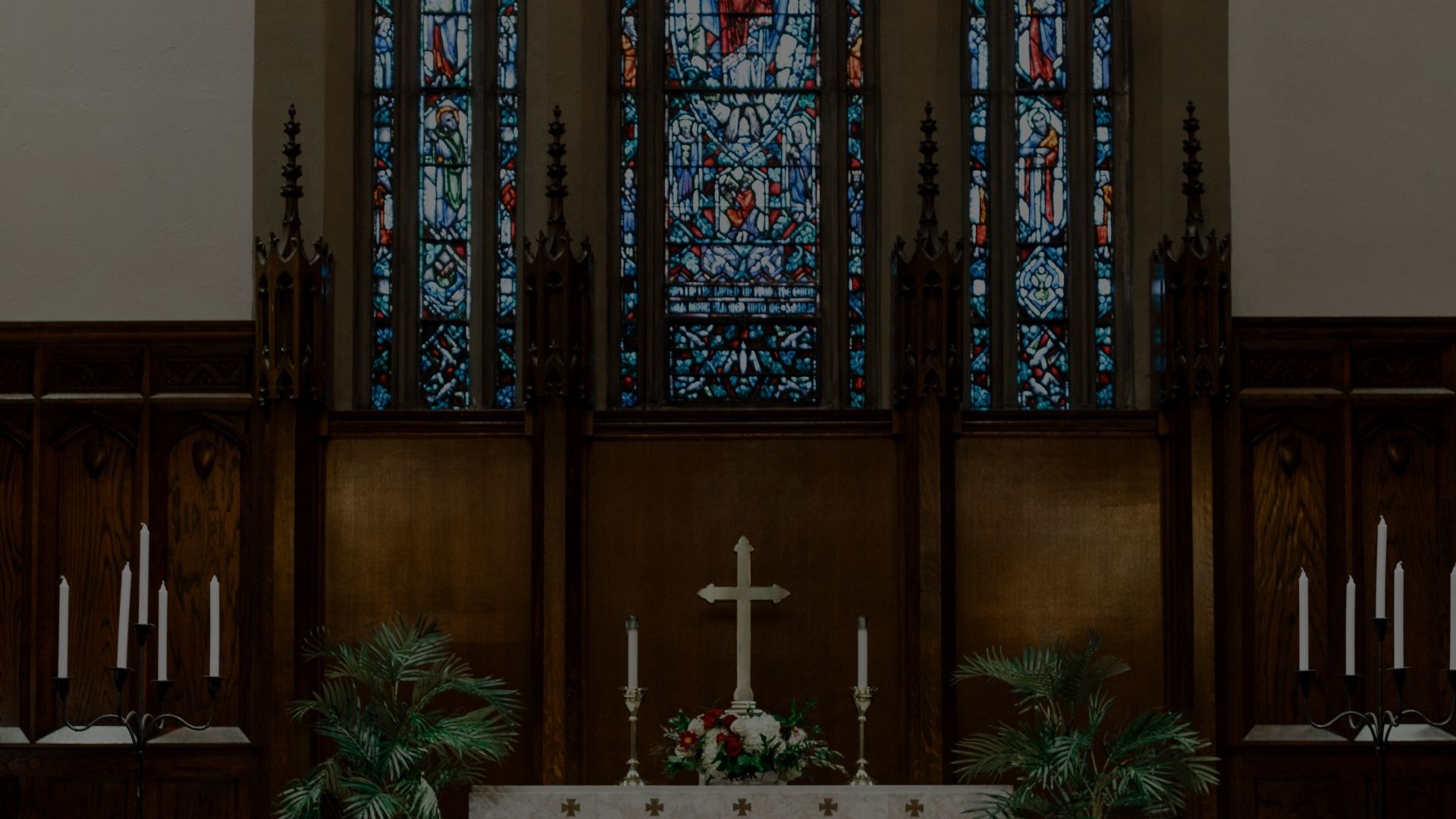1850-1900
1855
Chicago Theological Seminary (CTS) is founded with 2 goals: training pastors to minister to those on the western frontier and advancing the movement to abolish slavery. Way to go Congregationalists!
1862
William Robbins buys 800 acres of land for somewhere between $7-$25/acre with the intention of building a town.
1865
Charles M. Barnes, former army chaplain and distinguished ‘Village Father,’ moves to Hinsdale. With the Lyonsville Congregational Church miles away, Rev. Barnes founds a non-denominational church out of the only building large enough to accommodate everyone: the railroad depot, later garnering the name the Prairie Depot Church.
1866
Clarendon Mussey Saunders, a seminary student at CTS, begins his field education at the Lyonsville Congregational Church. He takes the train to Hinsdale and is then picked up by Lyonsville parishioners.
Several months later, Rev. Barnes vacates his position and the first ever ministerial call in Hinsdale is extended to Saunders. Saunders continues his work at Lyonsville on Sunday morning, then heads over to Hinsdale (with the choir in tow) for an afternoon worship service. Starting a long, illustrious tradition of music at UCH!
Around this time, we get the first official documentation of an effort to start an ‘official’ congregation. On August 12, 1866 we officially became The Congregational Union Church, with both the Rev. C. M. Barnes, and his wife, as well as William Robbins and his wife among the founding members. This makes us the oldest permanent organization formed in Hinsdale, with the descendants of Barnes still members to this day!
Our location of worship moves from the train station to the second floor of Academy Hall, the first floor serving as the local schoolhouse.
1869
Following Saunders’ departure in 1868, we extend our second call to Rev. Flavel Bascom. With 36 years of ministry experience, he is an early, ardent, and outspoken abolitionist, perhaps with more prominence and consistency than any other pastor in the state. Additionally, he is a vigorous defender of the rights of women to speak in church and hold church office. And good thing he is, as Ellen Moore Barnes, wife of Rev. C.M. Barnes, not only holds the distinction of being the mother of Hinsdale’s first baby, but was also a teacher and principal at Wheaton College back in 1860, thus earning her the distinction of being one of the first women to hold a regular position on the faculty of a co-educational college. Feminism and Racial Justice issues have been central concerns of our congregation since its inception.
1875
With the resignation of Rev. Hartshorn, the church needs a new pastor and Mr. Crow, a layman with some theological training, takes over.
1876
A fresh, young pastor by the name of William R. Butcher is called.
1877
The church splits over whether to keep Mr. Crow on as well, resulting in this headline from the Chicago Times: “‘Old Crow’ – Not the Alcoholic Beverage, but a Hinsdale Divine of the Same Name. His Congregation Engages in an Ungodly Row Over His Retention. And Hoot and Hiss and Howl Like the Unregenerated”. Can we be a little rowdy at times? Perhaps. We prefer to call it ‘passionate.’
1880
The Women’s Missionary Society, Hinsdale’s largest missionary society of the time, is founded with Mrs. Flavel Bascom as president and Mrs. John Ellis, wife of UCH’s then current pastor, as vice president. Active for over 25 years, in their first year they raise $18 ($461.62 in 2021), steadily growing until they raise over $550 (over $16,300 in 2021) in 1905!
1883
John Bull Hench, Hinsdale’s family doctor, moves to Hinsdale and later becomes a Union Church member. “Whenever pain, distress, or fear called, he responded quickly, judged wisely, allayed the suffering, encouraged the patient, heartened up the household, and left with unspoken blessings following him. It is this generous giving of himself that has so endeared the doctor to all who came upon him.” That’s just how we do it (or at least try to do it) here!
1889
The Presbyterian Church of Hinsdale is founded.
1890's
The hill the church sits on is one of the best in town for sledding. After the Wednesday night prayer meetings during the winter, older members and even the pastor himself get in on the fun!
1896
The Congregational Church shows motion pictures in Hinsdale for the first time.
1898
The Congregational Church hosts a dinner and raises $10 ($315.16 in 2021) for a Cuban relief fund in an effort to ease the suffering under Spain’s General Valeriano Weyler. Unfortunately, only weeks later the U.S.S. Maine explodes in Havana Harbor, setting the wheels in motion for the Spanish-American War. Well, that was short-lived…
Also in 1898, children are shown moving cinematographic pictures for the first time in Hinsdale.
1900-1970
1901
Rev. Dr. David S. Johnson, pastor of the Presbyterian church, asks for a release from his pastorate. In his statement, he says that Hinsdale is solely a ‘pleasure-loving, club-going, and golf-playing community.’ Although we may not always live up to it, our congregation also has a strong history of speaking truth to power.
1905
Dr. David Paulson speaks at the church about the dangers of tobacco, patent medicines, liquor, and opium.
1909
Rev. George H. Wilson (pastor from 1887-1895), an enthusiastic member of the Illinois Anti-Saloon League, returns to Hinsdale to tell us that saloons are ‘crimes against society’ and that we should abolish them. Now we have, what you might call, a more nuanced understanding of this issue…
1916
The Congregationalists raze their old building and lay the cornerstone for the new one.
1917
The new Union Church is dedicated.
1918
The members of the Congregational Church, The Presbyterian Church, and select families from the Unitarian church, joined together to form the church in its present form, The Union Church of Hinsdale. Although the United Church of Christ wasn’t founded until 1957, we were living into the motto: In essentials–unity, in nonessentials–diversity, in all things–charity, decades before it was even created.
1928
The Men’s Bible Class of the Union Church books the brand-new bowling lanes in town for every Thursday night. ‘Thou shalt not throw a gutterball’ becomes the UCH 11th commandment.
1930
Wilfred A. Rowell, senior pastor of UCH, is listed on the Who’s Who of Chicago List.
1953
Union Church calls its first female pastor, Rev. Barbara Holleroth, as well as her husband, Rev. Hugo Holleroth. Finally!
1961
Union Church votes to join the United Church of Christ.
Marlin Perkins, of zoology fame, comes to Union Church to talk about his recent trip with Sir Edmund Hillary to the Nepal-Tibet border where they searched for the ‘yeti’ in high altitude. When Perkins arrived at the Men’s Association meeting, the women of Union Church surprised him with a large replica of the Abominable Snowman.
1964
A special meeting of the Congregation is called to adopt a statement saying that Union Church’s declared principle of diversity meant exactly what it said, and that Union Church would indeed welcome people of all races and national origins.
1970
Union Church‘s ‘The House,’ a youth center, opens a counseling center for draft inductees.



